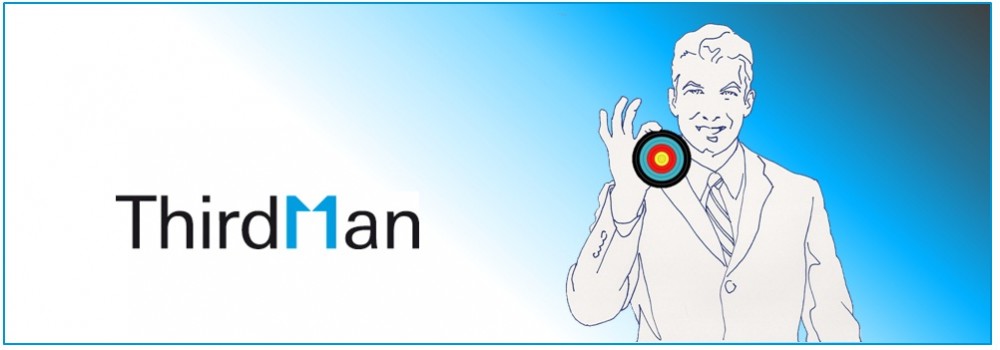
Purchasing & Supply Mgt
 PURCHASING
PURCHASING
How many companies are achieving « purchasing excellence « , following the example of automotive and retail?
At a time when buyers are focusing on cost targets and supplier base risks management, top purchasing departments are concentrating on strategic partnerships, cutting their number of suppliers significantly, with the idea to sustainably safeguard the supply chain. Nowadays, things have changed for suppliers: they are now fully accepted business partners.
Another main trend is the increase of contract renegotiations which often concerns payment deadlines and aims mainly at succeeding in the short term. On the other hand, top companies are increasingly coordinating things more centrally, using key coordinating mechanisms like the lead buying approach across locations and countries.
A further trend is rewarding suppliers that can ensure sustainability: environmental standards are integrated in so-called external balanced score cards.
In parallel, standards of qualification and education in purchasing staff have also increased. Purchasing becomes a fully acknowledged business partner and becomes more accepted by other functions, like development or sales. And much more: in the most successful companies, the organization has been optimized and Purchasing Directors are now acting at Board or management levels, integrating purchasing in the value chain as a whole.
However, with only one quarter of purchasing staff with higher education and technical backgrounds, the necessity to delegate your search to a professional remains a critical point.
So, why not meet us?
SUPPLY CHAIN MANAGEMENT
A strategic adjustment of the supply chain to the products’ characteristics generates a higher return on assets (ROA), for a better EBIT margin. The supply chain fit also boasts significantly the return of Capital Employed (ROCE).
For example, a supply chain structure should be more efficient, with low costs, with a high inventory turnover and a high utilization rate, for standardized products, having long life cycles, low cost fluctuations, a high forecast accuracy and few customer order changes.
In contrast, a more responsive supply chain structure, with a high level of customer services and high delivery reliability is adapted to customized products, characterized by short product life cycles, more product variants, lower forecast accuracy and more frequent order changes. The required level of flexibility can also be reached by selecting suppliers and sharing information in a better way.
At a time when companies are focusing on cost savings, and demanding more and more planning and forecasting, most companies need the leaders who will conduct the SCM to an optimized level. The candidates market will bring you the expert you need … if only you delegate the search to an expert!